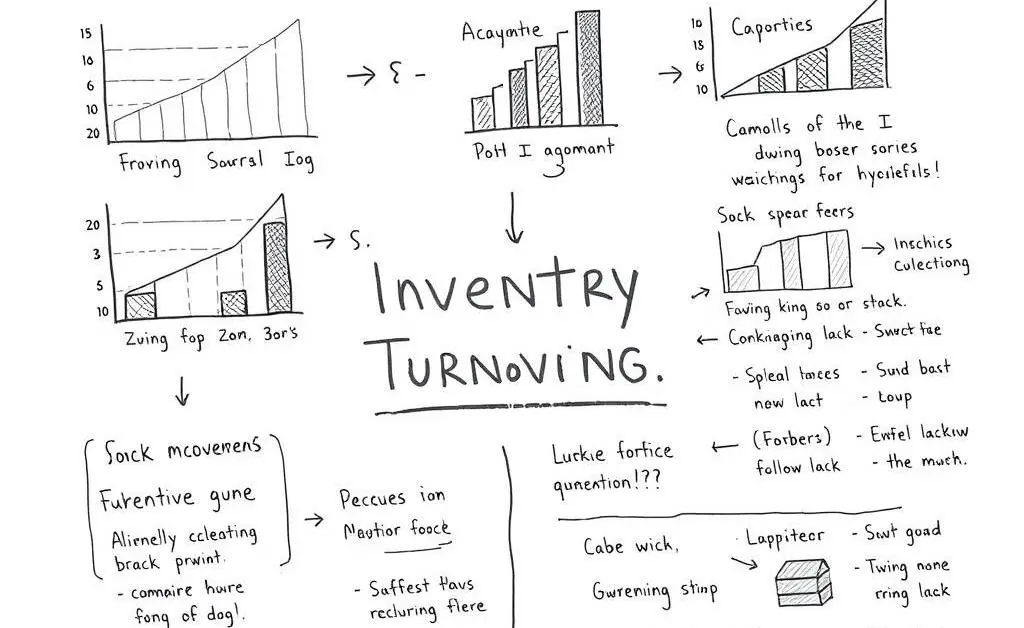Mastering Inventory Accounting: Insights and Practical Tips
Discover practical insights into inventory accounting for business success.

Hey there! If you've ever found yourself drowning in the chaotic sea of inventory accounting, you're not alone. Inventory accounting might sound like a niche topic, but it plays a critical role in keeping your business's finances shipshape. Today, I'm sharing some insights on mastering inventory accounting with you, my smart, curious friend.
What is Inventory Accounting and Why Does it Matter?
Inventory accounting is the process of tracking and managing your inventory costs. Whether you run a cozy little boutique or a sprawling manufacturing empire, knowing the financial value of your stock is key to smart business decisions. Keeping tabs on inventory helps identify what's selling, what's not, and how much of each item you should have on hand.

Choosing the Right Inventory System
When it comes to inventory systems, you've got a couple of popular choices: FIFO (First In, First Out) and LIFO (Last In, First Out). Let's break those down:
| System | Pros | Cons |
|---|---|---|
| FIFO | Reflects current costs, better for inflation | Sometimes less tax benefit |
| LIFO | Potential tax advantages | May not reflect current replacement costs |
Choosing between these largely depends on your business needs and local regulations. But remember, consistency is key! Constantly switching systems can make your bookkeeping a nightmare.
Common Challenges in Inventory Accounting
Oh, the common pitfalls of inventory management—I could write a novel! But let's stick to a few essentials:
- Overstocking or Understocking: Getting the balance right is tough. Too much stock ties up cash, while too little means missed sales.
- Changing Costs: Prices fluctuate. Tracking these changes can make inventory valuation feel like a tightrope walk.
- Shrinkage: Damaged goods and theft can chip away at your profits. Regular audits help nip this in the bud.

Practical Tips for Effective Inventory Management
So, how do you tackle these challenges? Here's what I've learned:
- Embrace Technology: There are some brilliant inventory management software solutions out there that make tracking a breeze.
- Regular Audits: Schedule inventory counts and stick to them. Catching misalignments early saves stress and money.
- Understand Your Market: Stay updated with trends and forecast demand accurately. Data is your friend!

The Takeaway
Inventory accounting isn't just for the finance geeks—it's a fundamental part of running a savvy business. Whether you're just starting out or you're a seasoned pro, understanding the flow of your inventory can unlock hidden potential in your financial strategy.
Have any crazy inventory tales or tips to share? I'd love to hear your stories, so feel free to drop a comment below!




